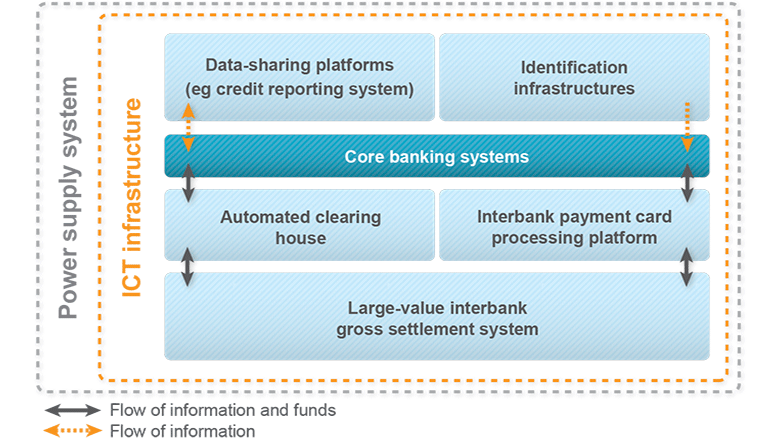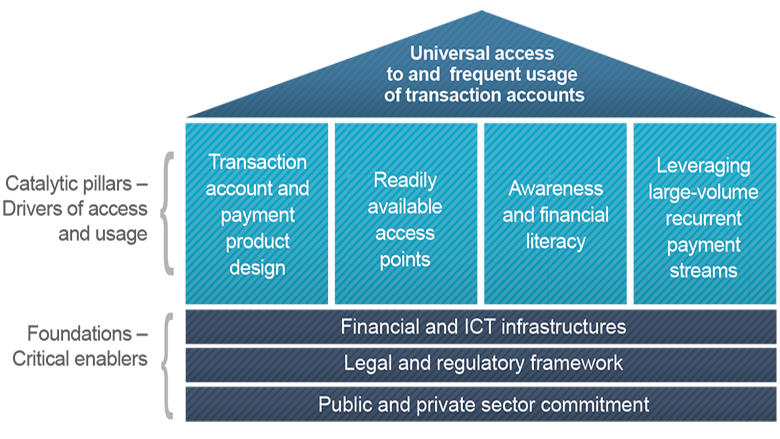Having efficient, accessible and safe retail payment systems and services is necessary to be able to extend access to transaction accounts for the 2 billion worldwide people who are still unserved by regulated financial service providers.
The World Bank Group and the Committee on Payments and Market Infrastructures (CPMI) of the Bank for International Settlements convened a task force on Payment Aspects of Financial Inclusion (PAFI) to comprehensively examine how payment systems and services affect financial inclusion efforts.
The PAFI task force, convened in 2014, brought together experts from central banks, development banks and international organizations to examine this issue in a comprehensive manner.
Its mandate was to examine demand- and supply-side factors affecting financial inclusion in the context of payment systems and services, and to suggest what measures could be taken to address these issues. The demand side is comprised by payment service users, like consumers, businesses, and government agencies and the supply side are payment service providers, like banks and authorized and/or regulated non-banks, as well as payment system operators.
The task force’s objectives were to:
- Support the efforts of authorities to expand access to transaction accounts and the use of electronic payment services
- Contribute to the recognition that safe and efficient payment services are important for the well-being of individuals, households and businesses, as well as a gateway to a broader range of financial services
- Advance market efficiency, flexibility, integrity and competitiveness to support financial inclusion and stability
- Facilitate the establishment of a balanced and proportional regulatory environment to facilitate effective, reliable, safe and cost-efficient access to payment services.
The PAFI work is essential to worldwide financial inclusion efforts, particularly to the World Bank Group’s UFA2020 initiative, whose goal is ensure that all working-age individuals and businesses can have access to at least one transaction account operated by an authorized and/or regulated payment service provider to:
- Perform most, if not all, of their payment needs
- Safely store some value
- Serve as a gateway to other financial services
The task force found that certain financial and other relevant infrastructures are necessary for an efficient national payment system also form one of the basic foundations for financial inclusion. They include:
- A large-value interbank settlement system
- An interbank system for retail payments, in specific electronic funds transfers
- A payment card processing platform or platforms and
- An effective and efficient identification infrastructure
- Credit reporting and other data-sharing platforms also play an important role
- Finally, all a robust communications infrastructure and power supply system are essential.
Without these financial infrastructures, the efficient provision of various transaction accounts and electronic would be very difficult.

